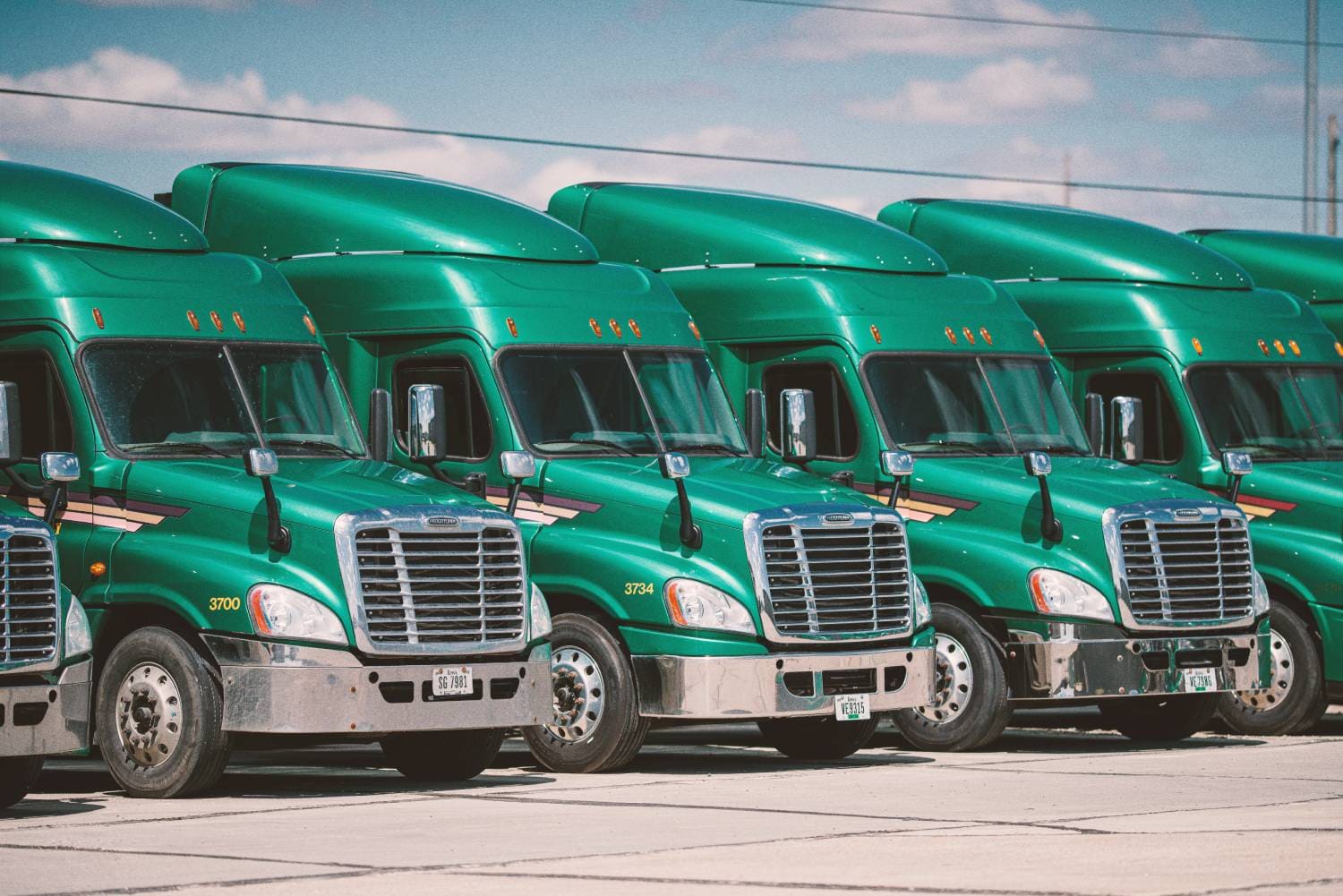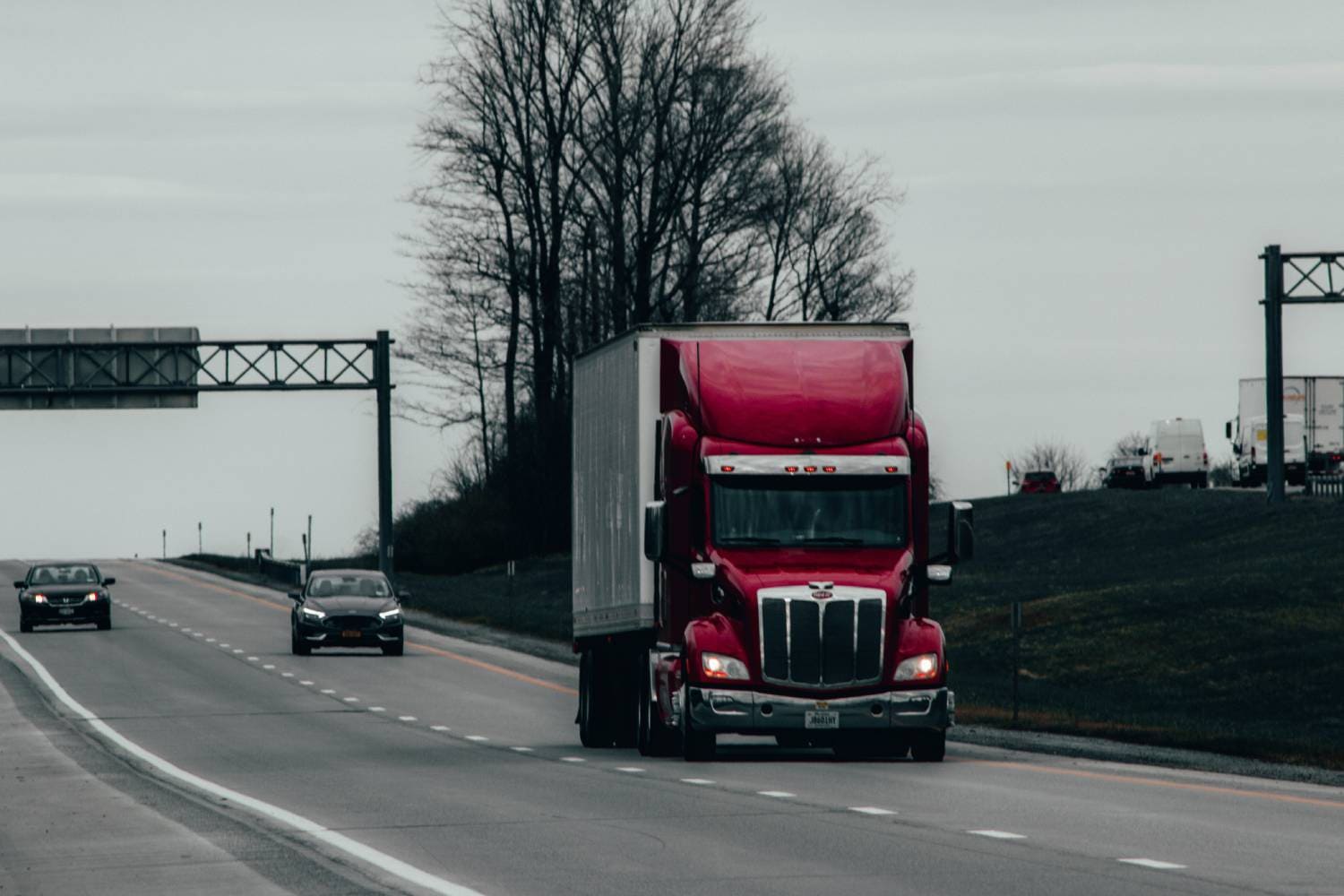The Importance of Safety in the Trucking Industry: Best Practices for Drivers & Operators
Truck drivers and owner-operators know that there’s more to the job than loading cargo and getting behind the wheel. Driving a tractor-trailer requires planning the logistics of a route and following safety measures established by various agencies to reduce fatalities and injuries of drivers and other motorists during transportation.
The Dangers of the Trucking Industry
Trucking is one of the most dangerous occupations in the United States, with high rates of injuries and fatalities on the job—and these numbers are increasing year after year.
According to 2021 data from the U.S. Bureau of Labor Statistics, heavy and tractor-trailer truck drivers have the eighth highest fatal injury rate and rank 65th for nonfatal injuries across the nation.
In the trucking industry, wrecks and crashes are (unsurprisingly) the cause of most fatalities. The National Safety Council (NSC) recorded about 5,700 large trucks were involved in fatal crashes, which is an 18% increase from 2020. These wrecks lead to the death of 5,788 people in 2021 (up 17% from 2020). Most of the fatalities resulting from crashes involving large trucks were occupants of other vehicles (72%), followed by occupants of the large truck (17%) and non-occupants, which includes pedestrians and bicyclists (11%).
Fortunately, there are safety measures truck drivers can take to reduce their risk of being involved in a crash or accident.
Safety in the Trucking Industry: 7 Best Practices for Drivers
As a driver, you are responsible for the safety of your fellow motorists, your cargo, and yourself. Follow these best practices to ensure safety is your top priority on the road.
1. Plan Your Trip
Safety on the road starts with planning your trip. Look for potential hazards along your route and either adjust your trip or prepare for what may be ahead. Areas with increased odds for congested traffic, forecasts of inclement weather, construction zones, and unsafe stops all require careful planning to ensure you stay safe during your trip.
2. Follow a Routine Maintenance Schedule
If your vehicle isn’t safe to drive, you will put yourself and others at risk if you get behind the wheel.
Create and follow a preventative maintenance schedule based on mileage or days so that your truck or tractor-trailer will stay up to date. Check the brake pads, oil, engine fluids, horns, mirrors, etc. to ensure you can safely operate it on the road. Scheduling routine maintenance will help lower the changes of the rig breaking down en route.
3. Load & Secure Cargo Carefully
Unsecured loads or improperly balanced cargo can cause trucks to overturn, items to slide out the back or push through the door, or difficulties keeping the rig upright on the road. Ensure your cargo is carefully loaded, balanced, and secured before taking off.
4. Practice Defensive Driving
Truckers need to practice defensive driving, which is a type of driving that requires drivers to keep an eye out for hazards and adjust their driving based on road conditions to prevent injuries, crashes, and fatalities.
Defensive driving practices include watching out for other motorists in your blind spot, leaving plenty of following distance from the vehicle in front of you, staying calm and collected in the face of road rage, using your turn signal to turn or change lanes, and slowing down when you encounter hazardous road conditions.
5. Avoid Distractions
Distractions on the road—anything that takes a driver’s eyes off the road or hands off the wheel—can cause serious accidents. Distractions can range from reaching to find a bottle that rolled under the seat to eating lunch while driving. However, the most common distraction is a cell phone.
The Federal Motor Carrier Safety Administration (FMCSA) restricts the use of cell phones while driving a commercial motor vehicle, which includes most large trucks and tractor-trailers. FMCSA policies require no texting and driving while behind the wheel.
Eliminating distractions while driving means you are more focused on the road, ready to take on any dangers you encounter.
6. Take Breaks & Get Proper Rest
Truck drivers have required breaks they must take after driving a certain number of hours, and taking these breaks is essential to staying alert while behind the wheel. Other than these mandatory breaks, however, it is also important to be well-rested. If you feel tired or impaired, take an extra break. Wait to drive again until you are attentive, alert, and ready to be vigilant on the road.
7. Be Predictable
Most of the people who surround you—other motorists, bicyclists, pedestrians—do not know how to safely maneuver near or around a large commercial truck, so operate your tractor-trailer in a way that is predictable. Surprises on the road are never a good thing.
To be predictable behind the wheel of your truck, use your turn signal well before needed, maintain a consistent speed, slow down on turns, and avoid unnecessary lane changes.
Join the BT Trucking Team
At BT Trucking, we are proud to serve the transportation community. Our family-owned business has been a leader in providing transportation logistics solutions to our customers since 1988. Mile after mile, we provide stability to and build long-term relationships with customers, vendors, and drivers across the Midwest and Southwest regions.
If you are interested in owning your own truck or applying to work as a driver, we can help. Our lease purchase program will start you down the road to success. We are dedicated to the safety of our drivers, and we are determined to provide you with the tools and support you need to succeed.
Complete an application or contact us today to learn more.





Post a comment